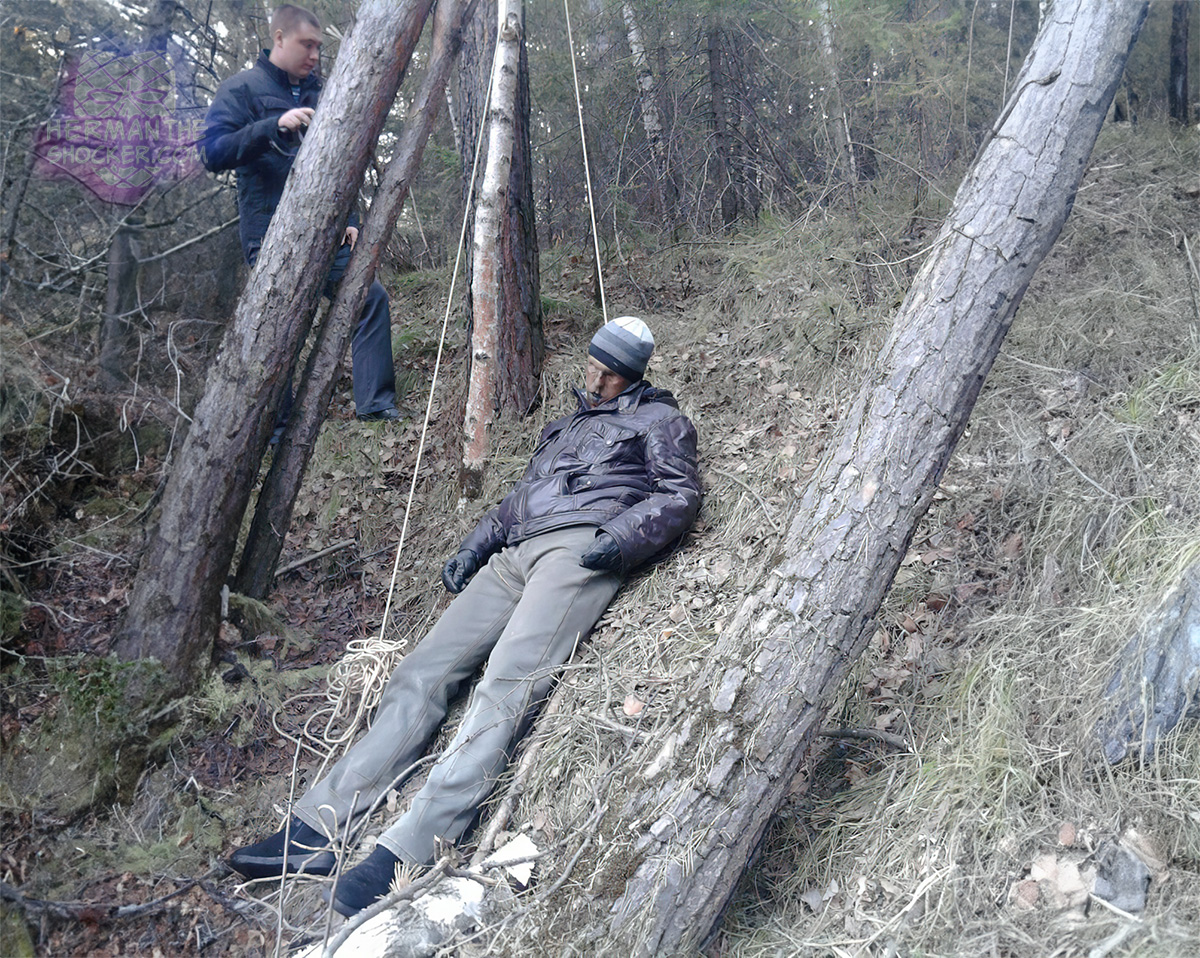This individual committed suicide by hanging in the woods. Hanging suicides in remote locations pose unique forensic challenges. Decomposition is often advanced due to delayed discovery, complicating time-of-death estimates. Environmental factors—weather, scavengers—can alter the scene. Investigators assess ligature marks, livor mortis, and signs of struggle to differentiate suicide from homicide. Atypical suspension points (trees, beams) and full suspension suggest intent. The presence of a suicide note, personal belongings, and absence of defensive wounds support self-infliction. Toxicology helps determine impairment. Scene reconstruction, ligature analysis, and body positioning aid in ruling out foul play. Digital forensics (phone logs, searches) can provide psychological context in equivocal cases.
Latest posts








